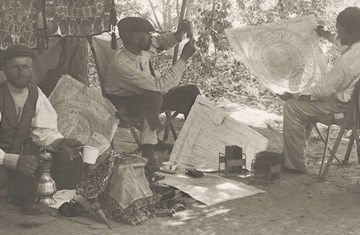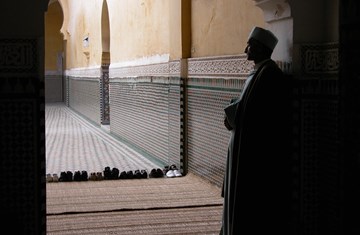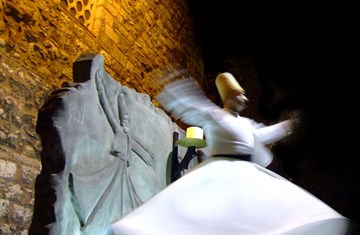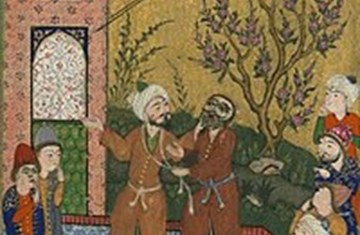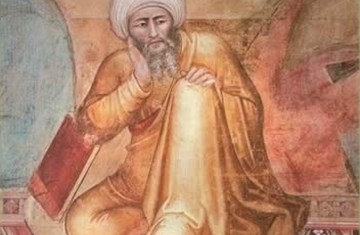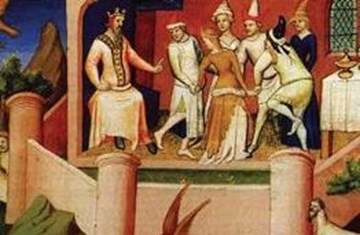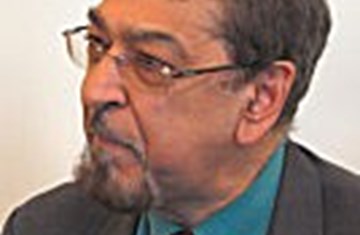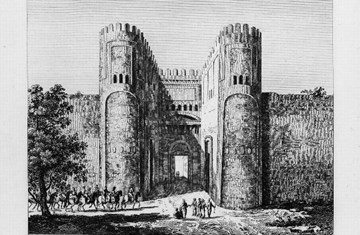Diversity in Islam: Communities of Interpretation
Keywords: Prophet Muhammad, Sunni, Shi‘a, Khawarij, Zaydi, Imami, Ithna ‘Ashariyya, Nizari Ismaili, Mu‘tazila, Qarmati, Ibadi, People of the book (ahl al-kitab), ahl al-bayt, Shi‘at ‘Ali, Abu Bakr, ’Uthman, ’Umar, ‘Ali ibn ‘Abi Talib, Mu‘awiya, Ja‘far al-Sadiq, Muhammad al-Baqir, Siffin, Karbala, mahdi, mawali, battle of al-Mukhtar, Murjia, caliph, Imam, sufism, tariqa, da‘wa, da‘i, ghulat, taqiyya, sunna, hadith, ulama, umma, sects, firqa, wasi, nass, zahir, batin, ‘ilm, hujjat Allah, masum, kalam, falsafa, schools of law, orthodoxy, heterodoxy, diversity.
Abstract:The death of the Prophet Muhammad after a brief illness confronted the nascent Muslim community (umma) with its first major crisis, the crisis of succession to the Prophet. As a result, the hitherto unified Muslim community was soon split into its two major divisions or distinct communities of interpretation, designated subsequently as Sunnism and Shi‘ism.
In time, the Sunni and Shi‘a themselves were subdivided into a number of smaller communities and groupings with particular theological and legal doctrines that evolved gradually over several centuries. In addition to the Sunnis and the Shi‘as, other communities of interpretation in the form of religio-political movements or schools of thought began to appear among the early Muslims during this formative period. Most of these early communities proved short-lived, although several of them left lasting influences on the teachings of the surviving communities and shaped important aspects of Muslim thought.
The Kharijis (or Khawarij), a religio-political community of the first Islamic century who were opposed to both the Shi‘as and the Sunnis, have survived to the present times, and as such they are generally considered as Islam’s third major division.
Other important movements of the early Islamic times, such as the Murjia who originated in response to the harsh stances of the Khawarij and who adopted a more compromising position regarding other Muslim communities, did not survive long under their own names. There were also famous contemporary theological schools, such as the Mu‘tazila and Maturidism, which disappeared in medieval times after leaving permanent imprints on aspects of Shi‘a and Sunni theology.
Author

Dr Farhad Daftary
Co-Director and Head of the Department of Academic Research and Publications
An authority in Shi'i studies, with special reference to its Ismaili tradition, Dr. Daftary has published and lectured widely in these fields of Islamic studies. In 2011 a Festschrift entitled Fortresses of the Intellect was produced to honour Dr. Daftary by a number of his colleagues and peers.

